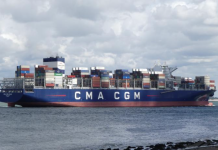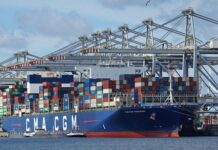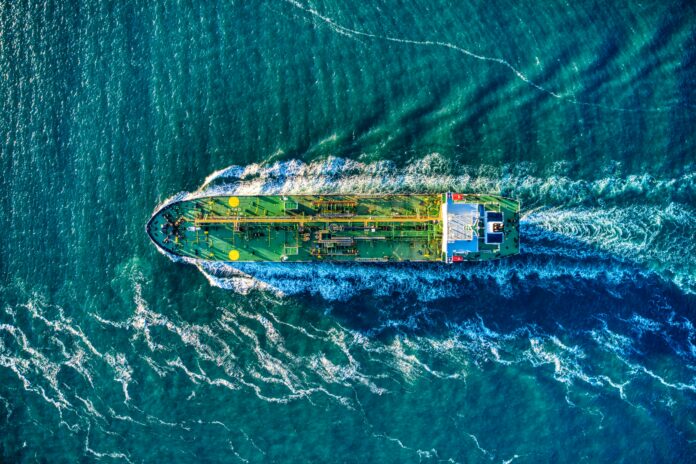
Rystad Energy published a major study on LNG bunker fuel emissions. Commissioned by SEA-LNG, it pegs 2024 well-to-tank (WtT) emissions at 13.9 g CO2e/MJ (LHV). The study offers the most accurate data yet for LNG as a marine fuel. It aims to shape the IMO’s Net-Zero Framework and future fuel policies.
The study urges policymakers to act. They should push LNG supply chain players to cut emissions, especially in gas production and liquefaction. Regular updates to WtT default emissions factors, particularly for methane, are key. The report notes the EU’s 18.5 g CO2e/MJ default in FuelEU Maritime is too high. A lower figure fits better.
Rystad analyzed five fuel lifecycle stages: upstream, transportation, liquefaction, shipping, and bunkering. It followed IMO guidelines and IPCC AR5 definitions, using 2024 asset-specific data. Carbon dioxide makes up 84% of WtT emissions, with liquefaction contributing 5.9 g CO2e/MJ. Methane accounts for 16%, or 2.2 g CO2e/MJ, mostly from upstream production.
Upstream gas production and liquefaction drive 73% of emissions. Methane mitigation offers the biggest reduction potential. Liquefaction emissions dropped recently due to efficient tech and renewable energy projects like hydro and solar.
LNG powers nearly 20% of new vessel orders, outpacing oil-based fuels. As LNG-fueled fleets grow, accurate emissions data guides regulations and investments. Regional variations, up to 6.6 g CO2e/MJ, show a single global average misleads policy.
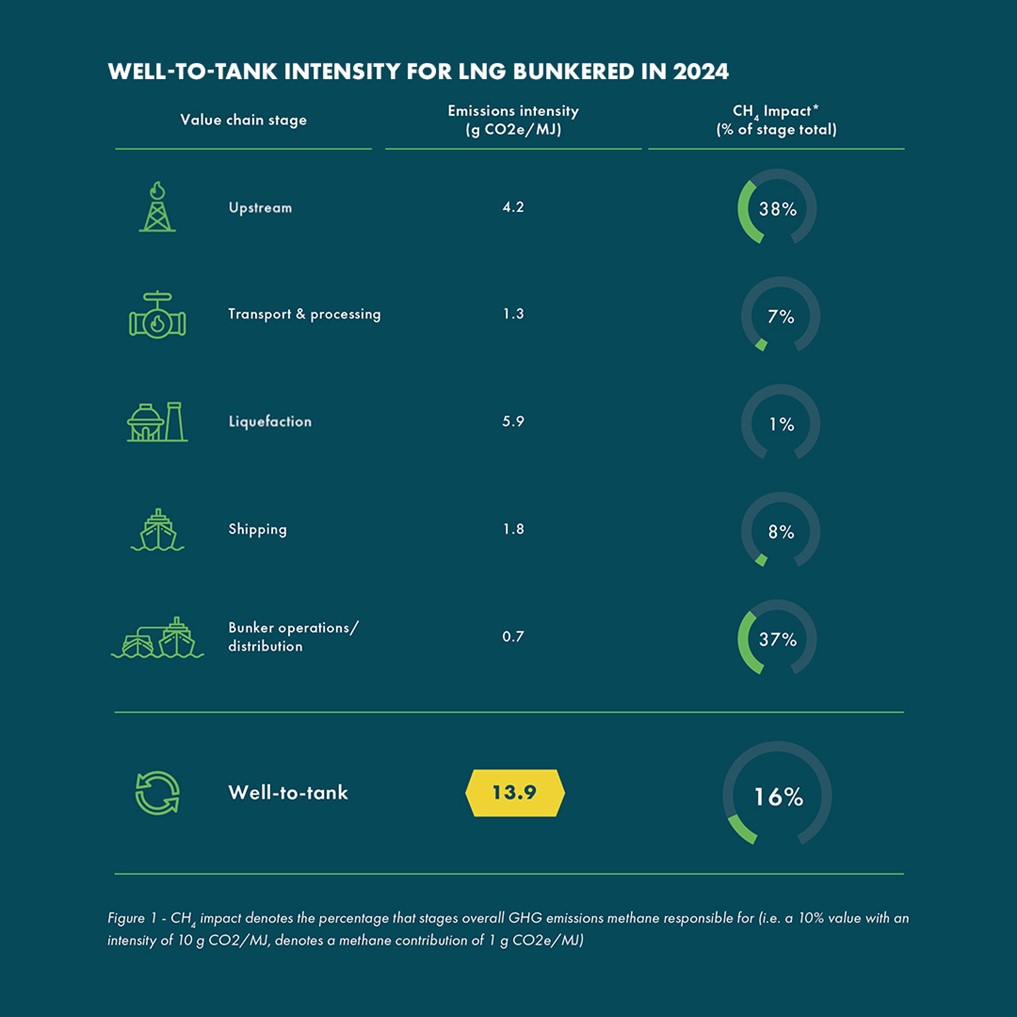
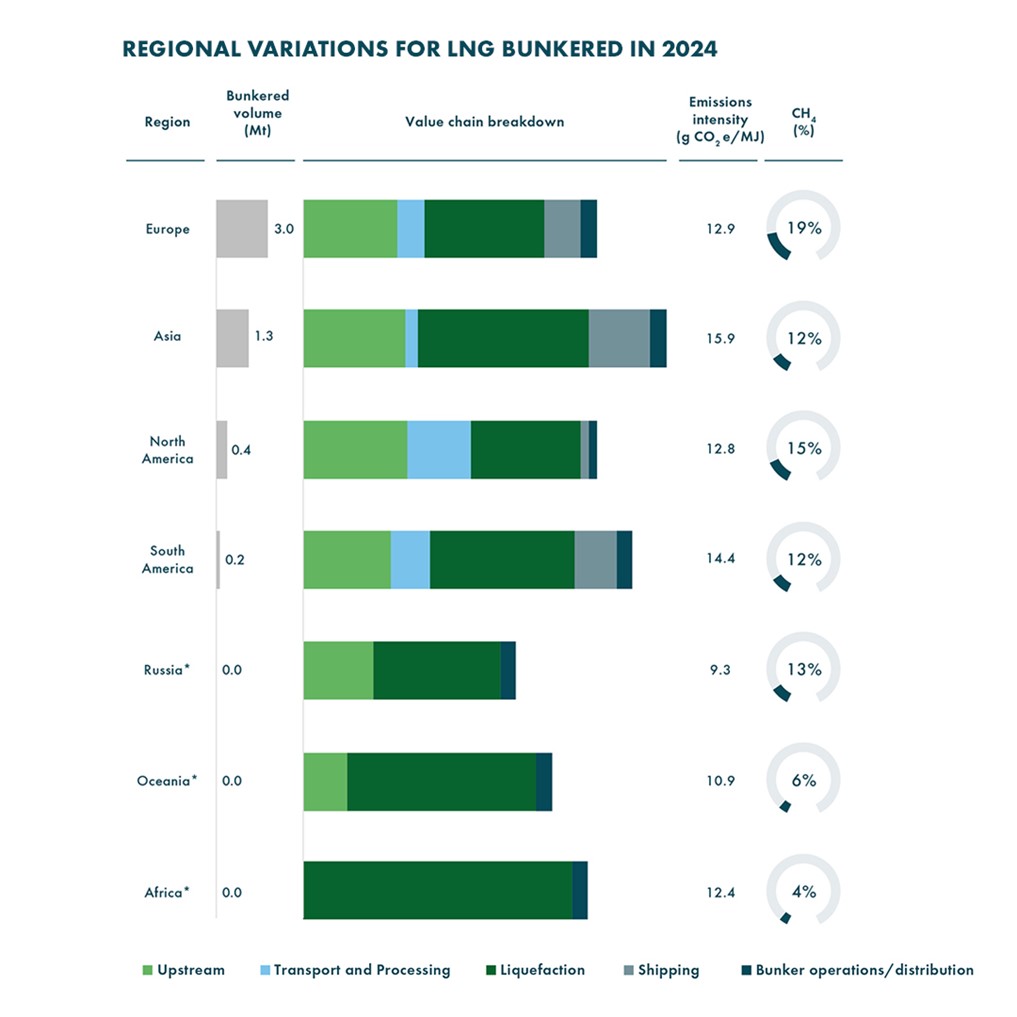
Patrick King, Rystad’s Vice President of Emissions Research, emphasized precision. “We used asset-level data, satellite methane tracking, and reported info,” he said. “This reflects real LNG bunkering emissions, not outdated averages.”
SEA-LNG’s COO Steve Esau stressed fair regulations. “Policymakers must reward supply chain emission cuts,” he said. Chairman Peter Keller added, “This report sets a high bar for IMO standards. Real data drives LNG’s practical path to decarbonization.”



